-
Why we love it
The route allows to admire from different angles the Gulf of La Spezia with its rugged coastlines and overlooking the sea. Then slowly to savor the charm of Montemarcello at sunset - Travelling time: 4 hours
- Difficulty: Easy
- Length: 15 km
- Total Elevation Gain: 750 m
- Way to travel: On foot, by bike
- Cost: 0 €
- Our Advice: Viable even in the warmer months because for most it remains in the shadows
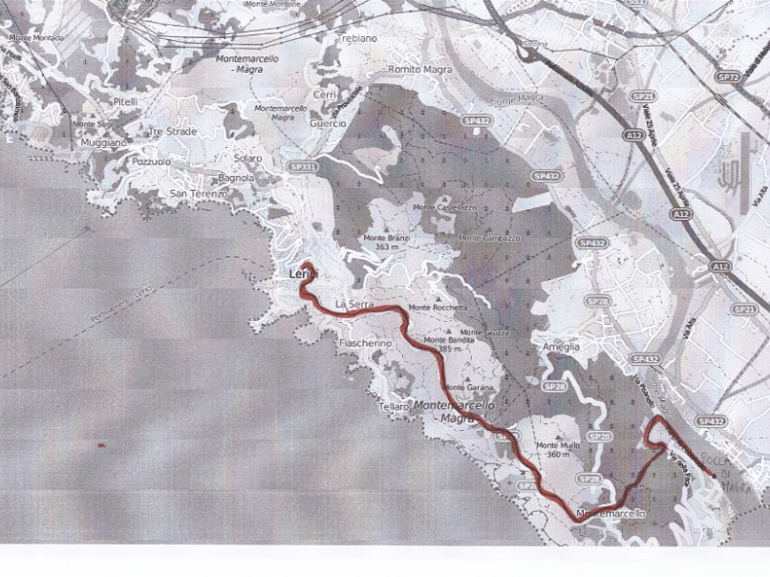
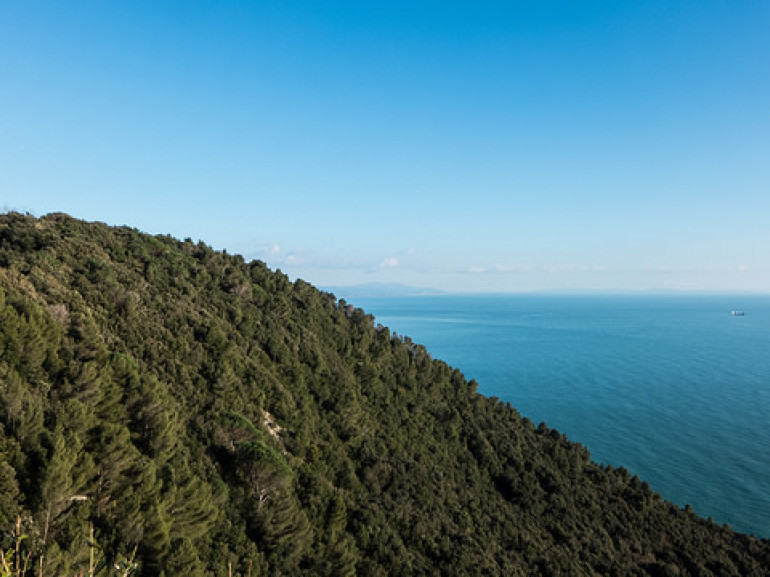
The trip in the pristine bays of the Ligurian Riviera from the Bocca di Magra, a small fishing village located on the right bank of the river, which has made the fishing and maritime trade its primary source of livelihood.
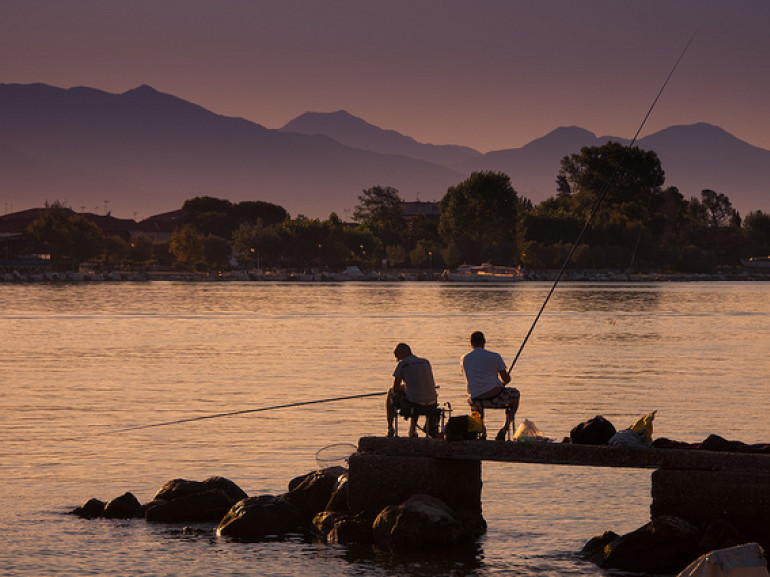
The trail winds through the woods in the first part of the natural park Monte Marcello-Magra; abandoned the paved road, we arrive in the village of Monte Marcello located on top of the promontory. This small village perched on top of the promontory was chosen by the late Indro Montanelli as a summer residence.
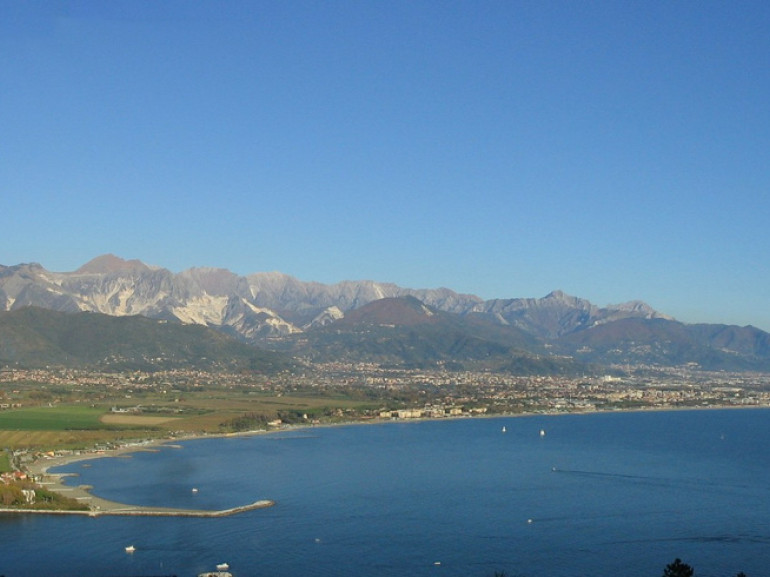
From the headland opens a breathtaking panoramic view of the Gulf of La Spezia: the coast overlooking the sea ranges from the entire Gulf of La Spezia, an arc that spans the stretch between Punta Corvo and Portovenere with the island Palmaria, to the Apuan Alps. There, where the eye is free to hop between the vastness of space and the undefined horizons is savored a sense of freedom almost mystical.
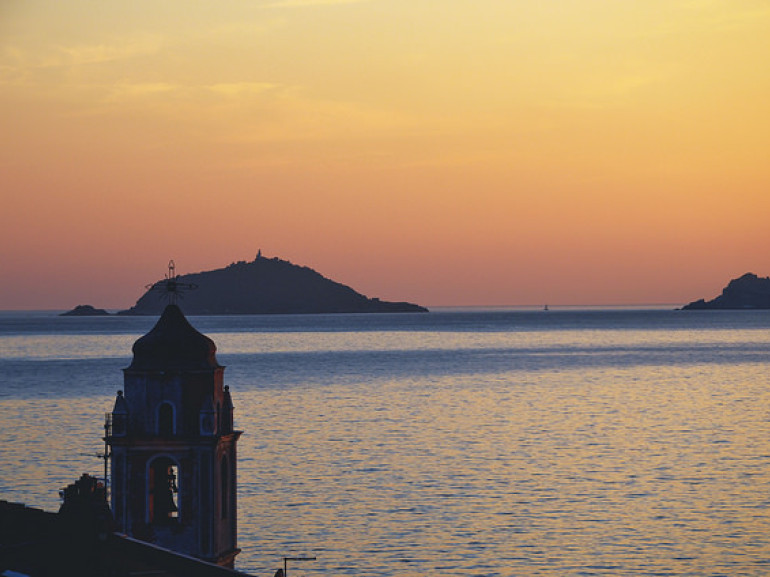
The strong experiential accompanies the second part of the trail that descends to the seaside village of Tellaro and then continue to Lerici, a town famous not only for its beautiful beaches and crystal clear sea, also for the elegance of his castle, now home to the Geo paleontological Museum.
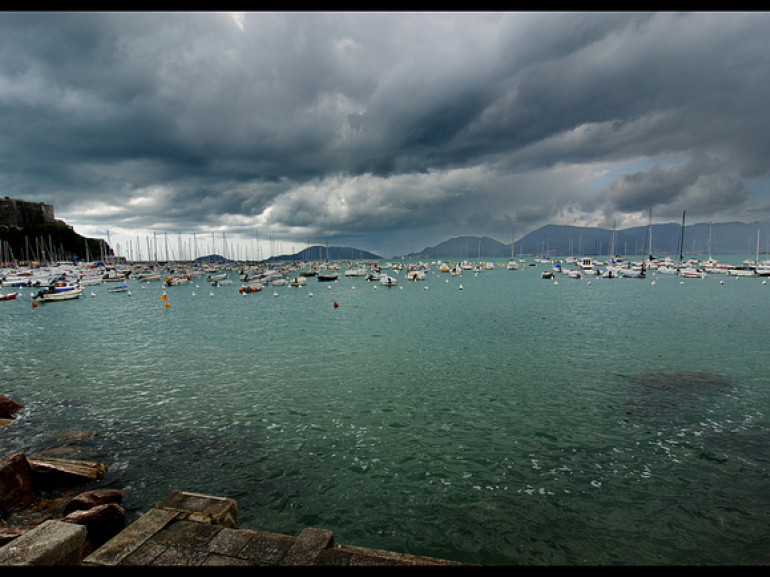
The view that can be seen along the coast road to Lerici offers enchanting views and staging points from which to take pictures of the author.
For much of the path is possible benficiare a welcome cooling given by the shadow of the trees; making it, the route is also in the warmer months.
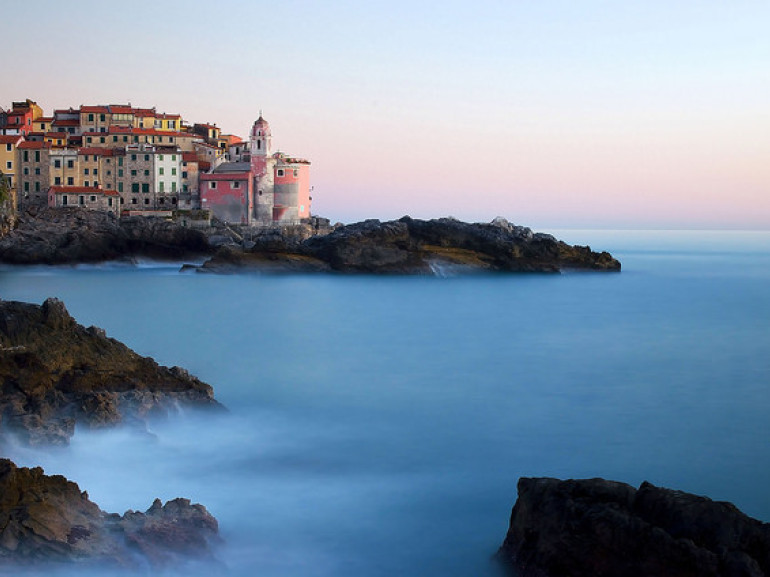
To return from Lerici to Bocca di Magra you can choose the bus.
Are you looking for an eco-sustainable stay in Bocca di Magra, La Spezia?
You can try 'Sette Archi' a beautiful hotel overlooking the pedestrian promenade of Bocca di Magra, with stunning views of the sea and the white outline of the Apuan Alps. Set in a strategic location also allows easy access to the beach of Punta Corvo, classified by Legambiente one of the twenty most beautiful beaches in Italy.
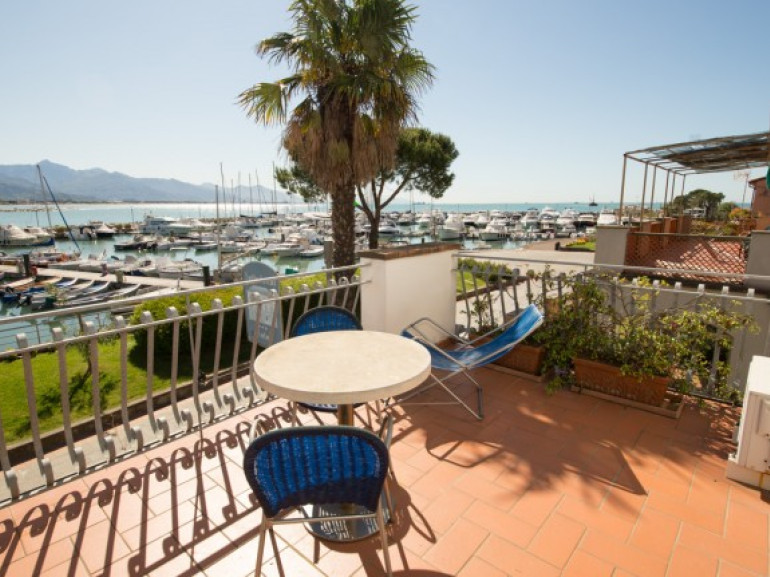
Author: Maria Ida Bibolini
Contest "Share your green adventure"
Cover photo: Gulf di La Spezia: Porto Venere, Palmaria Islands and Tino, photo by Renagrisa via Flickr
